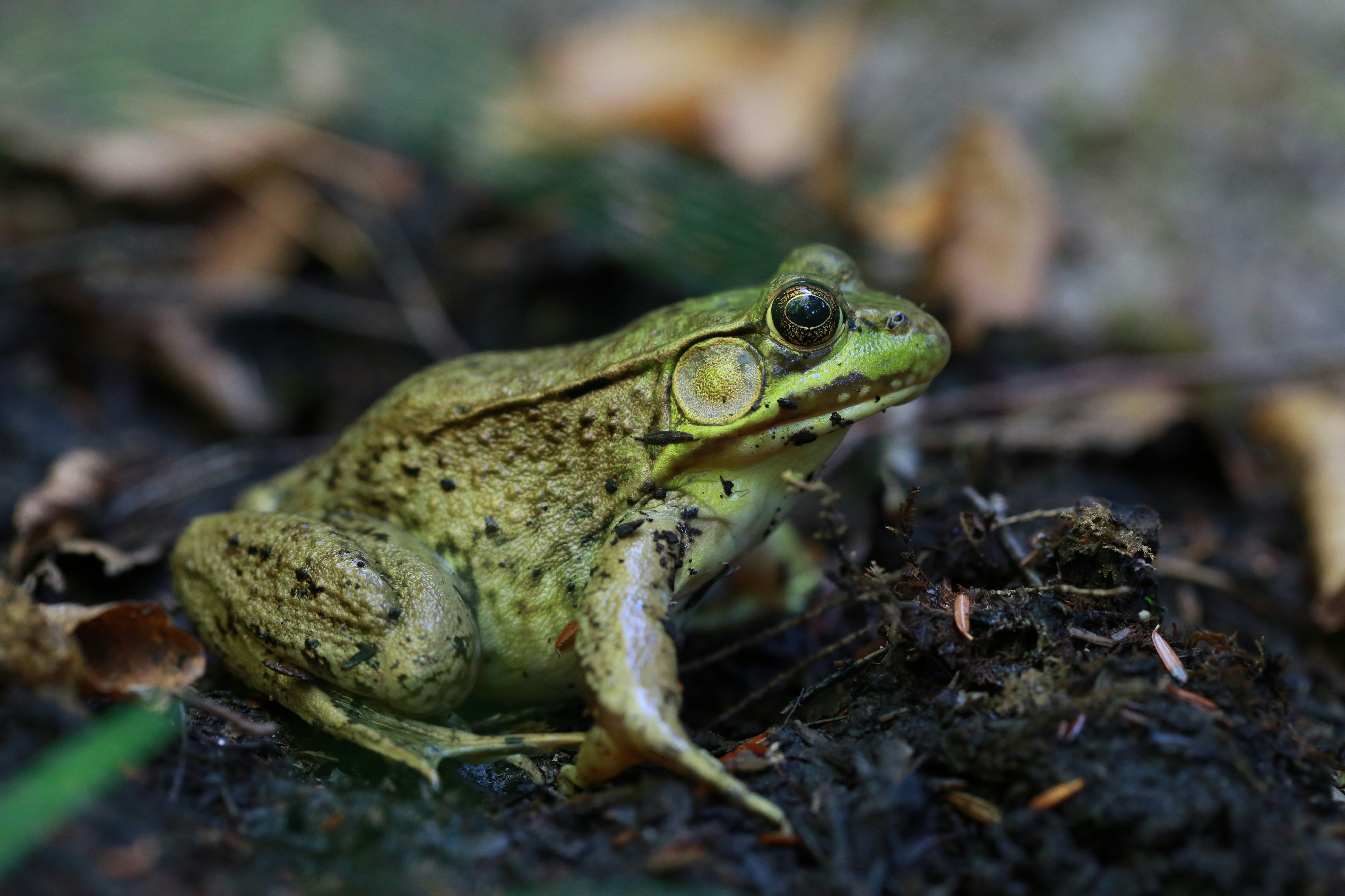Media release
From:
- Splash the patriarchy – Gender bias in research doesn’t just exist in humans – the voices of female frogs are also silenced. A literature review has revealed only 1.4% of all described frog calls belong to females, and most descriptions are anecdotal. Female calls are often neglected because they are softer and quieter than their male equivalents, making them harder to detect. However, expanding research efforts to include females will improve understanding of frog communication, say the authors. Proceedings B
The 'silent' half: diversity, function, and the critical knowledge gap on female frog vocalizations
Proceedings of the Royal Society B: Biological Sciences
For decades, scientists have focused on the loud, familiar calls of male frogs, overlooking the quieter voices of females. Our review brings attention to this hidden side of frog communication. We found reports of female calls in over 100 anuran species across 29 families, yet most studies are anecdotal and rarely explore their function. We summarize existing knowledge, propose a standardized classification, and identify key challenges. This work aims to correct the male-biased perspective in frog bioacoustics and to improve our understanding of communication, mating behaviors, and evolution in amphibians —encouraging a more balanced understanding of both sexes in bioacoustics research.



 International
International



